9 things you can only do on Android phones
The debate between Android and iOS about which operating system is better will never end. Over the years, both operating systems have had many upgrades and user interface changes, and today they have many similar features.
But after all these updates, it turns out there are still some things that are exclusive to Android phones. Here is a list of the best features that the iPhone lacks.
1. Create multiple users and guest accounts
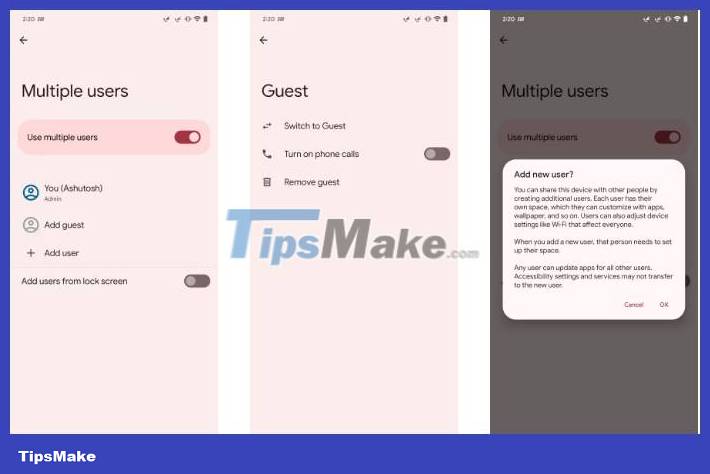 9 things you can only do on Android phones Picture 1
9 things you can only do on Android phones Picture 1
Multi-user mode and guest mode are a blessing for users who share their smartphones with other family members or friends. On Android devices, it was introduced with Android 5.0, while Apple has completely ignored this feature over the years.
This feature allows you to maintain privacy if your children or friends use your phone. You can sign in to another user or guest account and then hand over the device. Each user can have their own passwords, data, and applications.
The multi-user feature also has the option to customize phone call and SMS settings. You can choose to allow calls and SMS notifications for other users. Additionally, you can install apps directly from other users instead of downloading them again, and the app will be updated for every user if one user updates it.
2. Access internal memory via USB
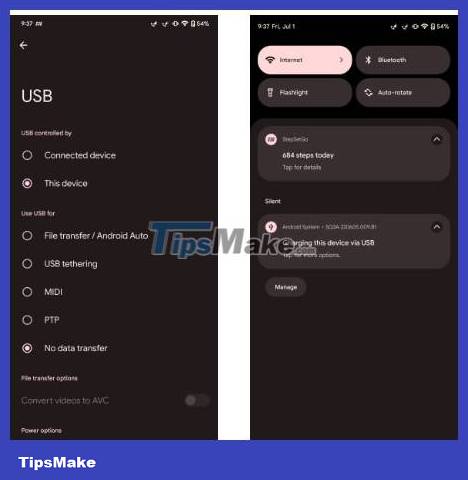 9 things you can only do on Android phones Picture 2
9 things you can only do on Android phones Picture 2
When connected to a computer via USB cable, iPhone only gives you access to photos and videos. On the other hand, Android phones provide access to your entire internal storage, allowing you to share any files between your Android phone and computer.
With a USB cable, you can connect your Android phone to Android Auto on any supported vehicle to use a variety of apps and navigation. Additionally, using the USB Tethering option, your phone can share its Internet connection with your PC.
Furthermore, if you don't want to use any features, you can select No data transfer to only charge your phone when connected to a computer.
3. Fully customize your home screen
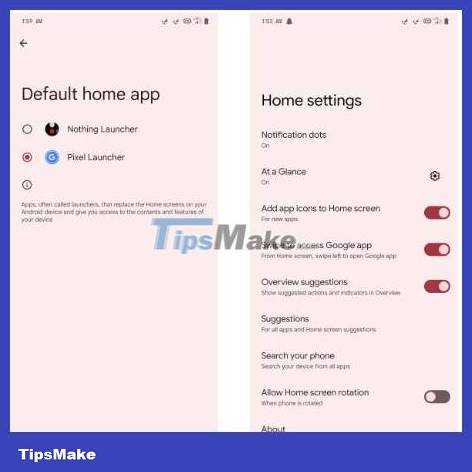 9 things you can only do on Android phones Picture 3
9 things you can only do on Android phones Picture 3
Home screen customization options have always been limited on the iPhone. With iOS 14, Apple introduced some features like App Library and Home Screen Widgets, but they're still far behind what Android phones offer.
From changing icon packs to using different launchers, Android phones have a lot of home screen tweaks. Google Play Store has many third-party icon packs for the home screen. Some Android phones even have a pre-installed Themes app that allows users to apply system-wide themes and change fonts or icon packs, all in one place.
Android customizations don't end here. With the home screen settings, you can change the size of the app grid, hide app icons, and show the number of notifications on the app icon. Furthermore, you can also change the default launcher if you want to use an alternative launcher like Nova Launcher, which offers even more customizations.
4. Using multiple copies of an application
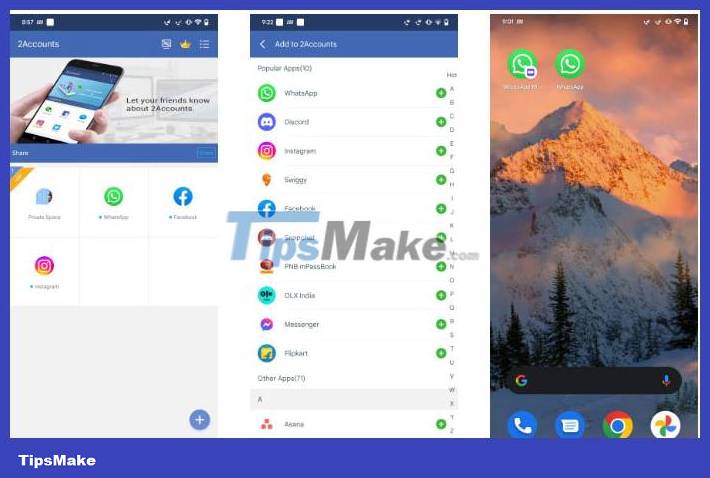 9 things you can only do on Android phones Picture 4
9 things you can only do on Android phones Picture 4
On Android phones, you can clone apps and use multiple accounts on them. So, if you want to use two WhatsApp accounts on your phone, you can make a copy of the original WhatsApp app and use another account on that copy.
Android phone manufacturers like Samsung and OnePlus have included this feature in their software. You can also download third-party mirror apps from the Play Store if your Android phone doesn't come pre-installed with the service.
5. Change default system applications
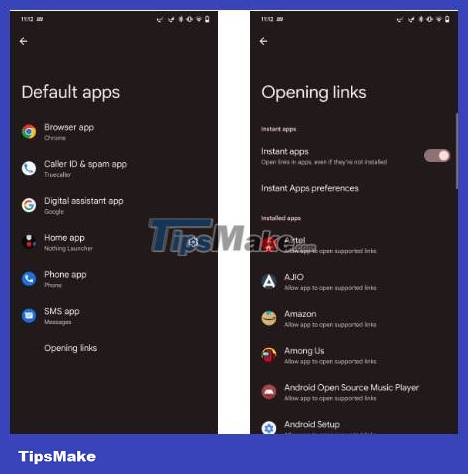 9 things you can only do on Android phones Picture 5
9 things you can only do on Android phones Picture 5
As for default apps, you can't personalize much on the iPhone. After the iOS 14 update, iPhones have the option to switch default apps but only for the Email and browser apps. An Android phone offers much more than that.
You can change all default apps, like phone, messages, digital assistant, and home apps, to any third-party app with better user interface and features . You can also set third-party apps to open certain links directly instead of opening them in the browser.
6. Install custom ROM and get root access
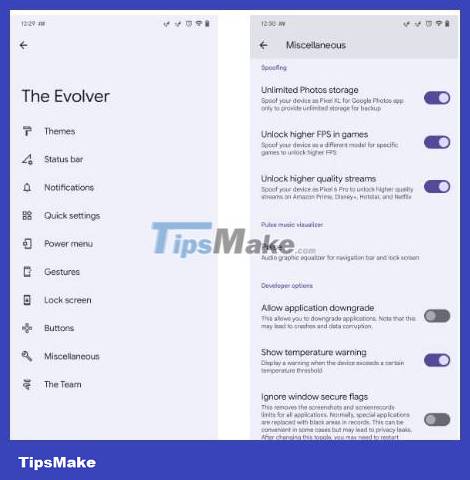 9 things you can only do on Android phones Picture 6
9 things you can only do on Android phones Picture 6
Custom ROMs are modified versions of the Android operating system that offer better functionality and many customization options. Custom ROMs have many advantages, the biggest of which is extending the life of your Android phone by providing access to the latest software.
Root access allows you to have full control over your Android phone. After rooting your device, you can install different mods to customize, overclock or underclock the processor to increase performance or battery life, or even use some of your internal memory as additional RAM. .
The closest thing an iPhone can do is jailbreaking, although that's more difficult to do and doesn't provide the same level of access to your device.
7. Multitask through Split-Screen view
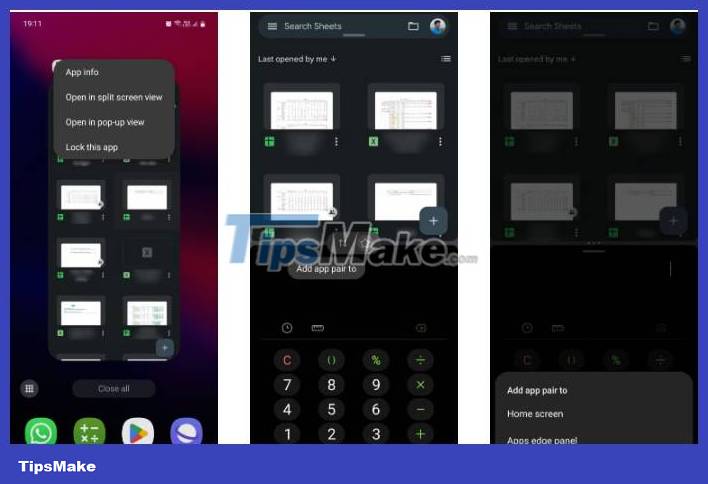 9 things you can only do on Android phones Picture 7
9 things you can only do on Android phones Picture 7
Android offers a lot of features for multitasking on your phone and one such feature is Split-Screen view. As the name suggests, it's Split-Screen, allowing you to use two apps at the same time.
For example, you could have Google Sheets on top and the Calculator app on the bottom so you can do calculations while referencing your spreadsheet. Or perhaps you could have a web browser running on top and a notes app on the bottom to take notes while researching something on the web.
Split-Screen viewing (and multitasking in general) makes the most sense on large-screen devices, especially foldable phones like the Galaxy Z Fold 5, which allows up to three apps to be used. at the same time in Split-Screen mode. You can also add a fourth app in the pop-up view to really master multitasking. On the other hand, iPhones have yet to catch up with Android phones in this aspect.
8. Change system font style and size
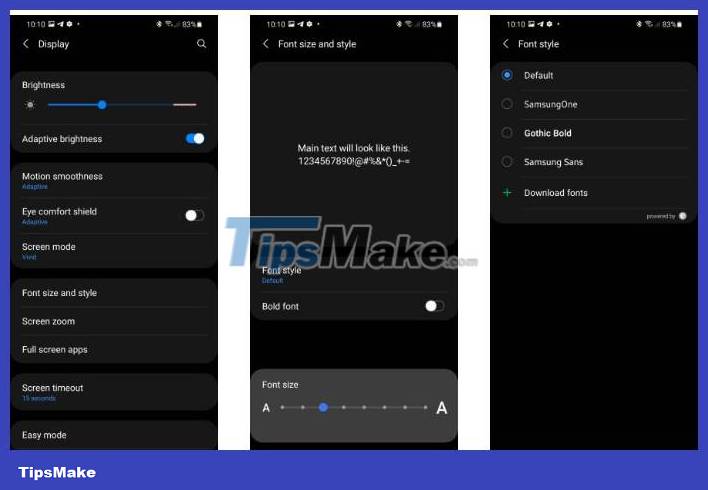 9 things you can only do on Android phones Picture 8
9 things you can only do on Android phones Picture 8
The great thing about Android phones is that they let you customize the user interface and make it look exactly the way you want. One of the customizations you can do on Samsung and some other Android phones but not on iPhone is to change the system font.
While the default system font is perfectly fine for most people, you should still have the option to change its size to improve visibility (especially for older users) and change its size. Change the style to customize your phone to your preferences.
Even if you don't like any of the system fonts pre-installed on your phone, you can always download third-party fonts from Google Play Store or any other source.
9. Move files to external storage
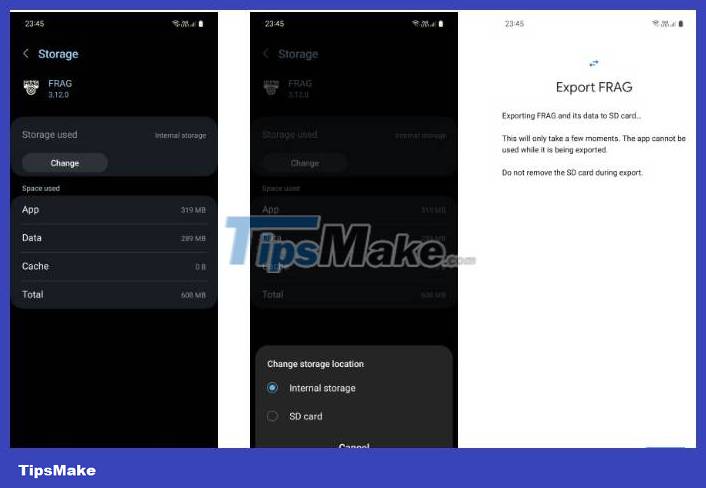 9 things you can only do on Android phones Picture 9
9 things you can only do on Android phones Picture 9
iPhones have never had external storage, which forces you to guess how much storage you need on your phone. However, some Android phones have SD card slots, so you can simply buy more space if you need it and don't have to delete your apps and files to free up storage space.
SD cards also make it easy to transfer files from one phone to the other because all you have to do is take out the memory card and insert it into the other phone.
Note, however, that if you want an Android phone with an SD card slot, you may have to choose a mid-range phone as many of today's flagship Android phones don't offer expandability.
That's because the internal storage on flagship phones comes with the latest flash storage standards like UFS 4.0 that deliver significantly faster read and write speeds, making your phone feel super responsive and premium. .
Third-party SD cards won't be able to achieve those speeds, which could leave users with the negative impression that their new flagship phone has inconsistent performance. Therefore, manufacturers often avoid it.
You should read it
- 5 'absolute' things should not be done if you first use an Android phone
- 10 things to and should not do with Android devices
- What is Android ROM? Three things to know about Android ROM
- Google released Android Things 1.0 for IoT devices
- How to become an Android application developer?
- 5 things you can't do on iOS but Android is carefree
- 4 things to do with Android / iOS lock screen
- 3 newly changed settings of Android P
- Learn new features of Android Q (Android 10)
- Android SDK - Download Latest Android SDK
- 8 super useful things you can do with Microsoft OneDrive on Android
- Ways to transfer Android data to iPhone


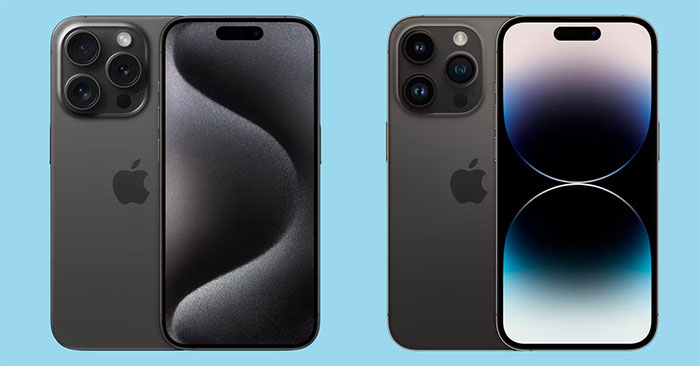



 6 things to do to sell Android phones are priced
6 things to do to sell Android phones are priced 10 things to and should not do with Android devices
10 things to and should not do with Android devices 7 things are only available on Android phones
7 things are only available on Android phones Instructions for using Android phones
Instructions for using Android phones 5 'absolute' things should not be done if you first use an Android phone
5 'absolute' things should not be done if you first use an Android phone How to install and customize ringtones on Android phones
How to install and customize ringtones on Android phones